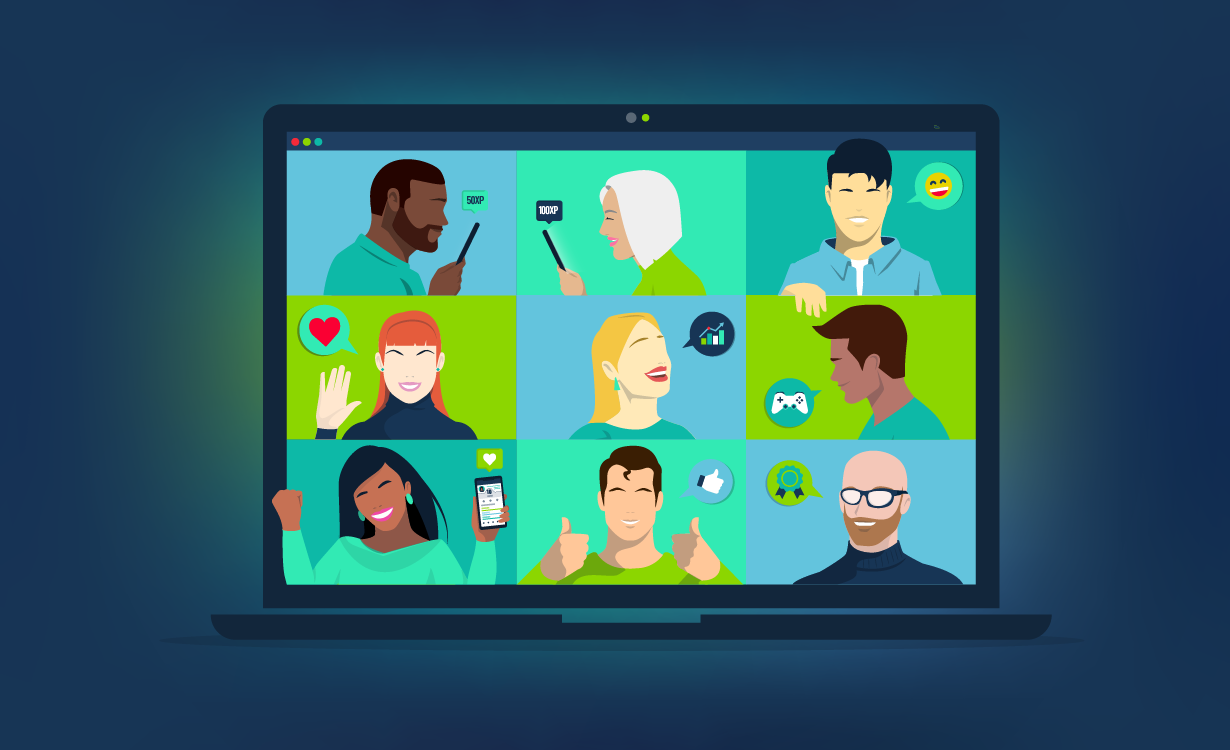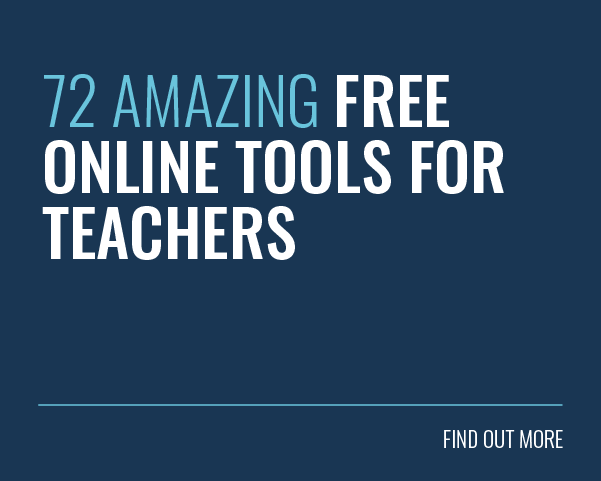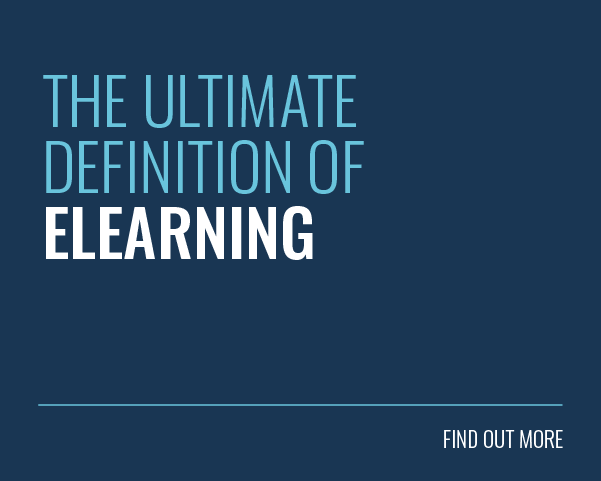
Gripping narrative is a a powerful learning asset you can use to engage your staff with their training. For example, take a look at what Encyclopedia Britannica considers to be the top five novels of all time:
1. Anna Karenina – By Leo Tolstoy
2. To Kill a Mockingbird – By Harper Lee
3. The Great Gatsby – By F. Scott Fitzgerald
4. One Hundred Years of Solitude – By Gabriel Garcia Marquez
5. A Passage to India – By E.M Forster
Whether it’s attractive language, alluring characters, or nail-biting plot twists, these classic novels all have one thing in common: a good story.
Everyone loves a tantalising tale, but not everyone loves learning. So what can we do about this?
STOP THE PRESS! We have a solution; You can weave a narrative into your learning!
Learning via narrative has been used for centuries. Consider fables. The Boy Who Cried Wolf taught us to not lie. King Midas taught us not to be greedy.
So, how do you convert training into a narrative? Even if you‘ve never even written a shopping list, we’ll make a JK Rowling out of you yet.
Chapter 1: Why Do We All Love a Good Story?
Before transforming your modules into the next War and Peace, let’s look at why we all crave anecdotes about adventure, drama and more.
Scientists have discovered that when a story truly grips us, we release oxytocin. Oxytocin is known as the love chemical. It makes us happy. It’s released when we connect with someone. This is why books are like best friends to some people. We bond with them. We get attached to them. And we relate to them and most of all, we enjoy them.
Chapter 2: Why is Narrative Good for Learning?
Research by psychologist Jerome Bruner suggests that you’re x20 times more likely to remember content if it’s told in a narrative.
Additionally, a strong narrative is a fantastic way to evoke learner engagement. Learner engagement is the key to boosting effectiveness, creating a vibrant organisational culture and encouraging the behaviours that matter.
Chapter 3: Writing your Narrative
Christopher Booker’s 2004 book ‘The Seven Basic Plots: Why We Tell Stories.’ argues that you can boil every single story down to one of seven basic plots. We’re going to run through each. This will hopefully help when converting your training:
1. Defeating the Baddie
Examples: Star Wars, Harry Potter and the Deathly Hallows, Jaws, Misery.
Darth Vader is one of, if not, the most, well-known baddie in film history. A story of good overcoming evil is one of the classic story arcs. Even though we can usually predict the ending, it usually involves a lot of drama along the way. This helps to grip the audience and releases that awesome oxytocin we all love.
In eLearning
What’s your company’s biggest challenge? Who is your company’s arch nemesis? Use this narrative to train your colleagues in what threats you face.
2. Rags to Riches
Examples: Oliver Twist, Cinderella
The protagonist has humble beginnings. They fight their way to the top. This story is a life journey paved with struggle. They’ll usually face an antagonist, but will eventually turn things around and end up on top.
In eLearning
This simple narrative could be used to describe a character who started off with nothing, but through his tenacity and thirst for knowledge ended up rising to the top!
3. The Quest
Example: The Wizard of Oz, Lord of the Rings (and Dumb and Dumber!)
The protagonist sets off on a geographical journey, which often results in an unexpected spiritual journey too.
In eLearning
The Quest is highly suitable for use when completing a learning module. From novice to expert, the learner experiences a thrilling journey into the crux of your content. Alternatively, you could use ‘The Quest’ when explaining in-house career progression.
4. Voyage and Return
Example: Finding Nemo, Alice in Wonderland, Hook.
Often found in fantasy, the Voyage and Return plot shows our main character being thrown into new/unknown territories, before returning to normality at the end. Usually, the protagonist is a changed person on their return.
In eLearning
This narrative will wrap around whatever content you like! Have the protagonist start off on a trek to seek some lost item or mystical bounty. Of course, every chapter of the journey is filled with learning. Once they complete their quest and find their treasure, it might reveal some hidden knowledge!
5. Comedy
Example: The Hitchhiker’s Guide to the Galaxy, Four Weddings and a Funeral, The Colour of Magic.
A common misconception is that comedy is a fools game; an artform which is childish and basic. The reality is that comedy writing is one of the hardest types of writing to master. If you manage to get it right, you’ll be laughing! Comedy sticks in our heads.
A good joke/sketch entertains and brightens our day. Humour evokes our sense of wonder. It lowers defences and brings people together. A Pew Research Poll showed that viewers of satirical news shows remembered news stories better than those who watched the actual news!
In eLearning
How about buddying up with your graphic design department and presenting your content in the form of a comic strip? This way, a lot of your comedy could be visual (or slapstick) saving you having to write funny dialogue! It’s important to note that the best comedy also involves a sliver of drama and depth.
6. Tragedy
Examples: Romeo and Juliet: Othello, King Lear, Macbeth (basically everything Shakespeare wrote bar A Midsummers Night’s Dream!)
‘For never was a story of more woe, than this of Juliet and her Romeo.’
Get the tissues handy; we’re about to delve into the teary world of tragedy. A tragedy follows the descent of a character whose life spirals into chaos, or irreversible misfortune.
In eLearning
Relax, you don’t have to include a death for your learning narrative to be considered a tragedy! The tragedy could be a tragic character not learning from their mistakes, for example.
Of course, for tragedy to feel real, there needs to be a backstory. Having a tragic ending without a backstory is like having a doughnut without the jam – you just won’t appreciate it as much. The backstory (or setup) only need to be a few lines.
7. Rebirth
Examples: The Grapes of Wrath, A Christmas Carol, How the Grinch Stole Christmas, Groundhog Day.
The rebirth story will usually see the main character begin as a cynic, or a criminal, or just a bad egg. Something will happen to them that will change their point of view. At the end, they’ll be a complete humanitarian!
In eLearning
In eLearning, a rebirth can be ideally paired with behaviour change. A Christmas Carol is often considered the greatest example of a character who has a complete turnaround. Use this as a template for your story.
How about this, for example A customer service manager is horrible and unpleasant. They gradually learn about why their role matters, which leads to them understanding customers better. This leads to a rebirth. Suddenly, they’re the best customer service manager in the organisation!
Want to know what Juliette says about using the 7 basic plots to galvanize your learners? Check it out below!
Final Words
Adding a narrative to your training is a compelling and stimulating way to disclose your content. Weaving stories into your training doesn’t have to be a daunting task. We believe there are only seven types of plot, and every book or film you can think of will relate back to the magnificent seven: defeating the baddie, rags to riches, the quest, voyage and return, comedy, tragedy and rebirth.
So you’ve discovered how narrative can help your learners engage with training. If you want to take this idea to the next level, help your learners understand your organisations narrative.
Why do you exist? What is your mission? How do they fit in? Feeling like you’re part of something bigger than yourself is called Epic Meaning, we think it’s absolutely essential to learner engagement.
If you want to find out more about Epic Meaning, click here to get a free download of our Epic Meaning whitepaper, it’s essential reading on the topic. It’ll leave you equipped to empower your staff!








